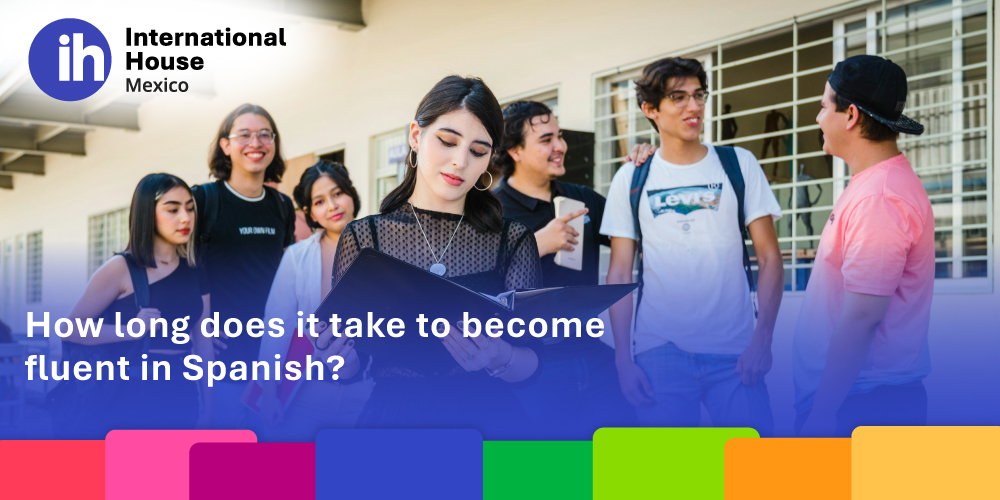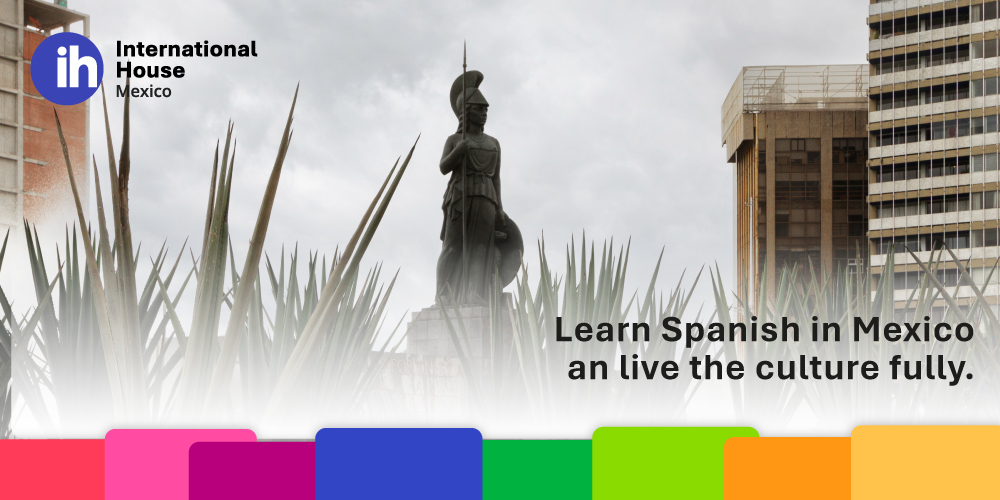
How long does it take to become fluent in Spanish?
Learning a new language is a rewarding challenge, and Spanish is one of the most popular choices worldwide. Many students ask the same question: How long does it take to become fluent in Spanish? The answer depends on several factors, including your current language skills, learning environment, and study habits. While no single timeline fits everyone, understanding the key elements can help you set realistic goals.
Understanding What “Fluent in Spanish” Really Means
Before setting a timeframe, it’s important to define fluency. Being fluent in Spanish means you can communicate clearly in most situations. You can express thoughts naturally, understand native speakers at normal speed, and interact without constant translation in your mind. This level goes beyond basic vocabulary and grammar—it includes cultural understanding and the ability to adapt your speech to different contexts.
Factors That Affect Your Spanish Learning Timeline
The time it takes to become fluent in Spanish varies widely. Here are some main factors:
Your Native Language and Language Experience
If your first language is similar to Spanish, such as Italian or French, you may learn faster. English speakers usually face more challenges but can progress steadily with consistent practice.
Hours Dedicated to Study and Practice
More exposure means faster progress. Students who immerse themselves daily in Spanish—through classes, conversation, and media—reach fluency more quickly.
Quality of Instruction
Structured courses, such as those at International House México, offer guided learning and personalized feedback. This approach can help you achieve fluency in Spanish more efficiently than self-study alone.
Immersion in a Spanish-Speaking Environment
Living or studying in a Spanish-speaking country accelerates learning. Everyday interactions help reinforce vocabulary, grammar, and pronunciation naturally.
Average Timeframes to Reach Fluency
According to the U.S. Foreign Service Institute (FSI), Spanish is a Category I language for English speakers. This means it takes approximately 600–750 hours of study to reach professional working proficiency. For most learners, this translates to about 6–12 months of intensive study, or 1–2 years with part-time learning.
However, these estimates assume consistent practice. Irregular study habits will extend the time needed to become fluent in Spanish.
Learning Stages on the Path to Fluency
Beginner Stage (0–3 months)
You learn basic greetings, essential vocabulary, and simple sentences. At this point, listening comprehension is limited.
Intermediate Stage (3–9 months)
You can hold short conversations and understand everyday topics. You still need to think about grammar but can manage common situations.
Advanced Stage (9–18 months)
You understand most conversations and can discuss a wide range of topics. Your speaking is more natural, though occasional errors remain.
Strategies to Become Fluent in Spanish Faster
Reaching fluency requires more than just classroom learning. You need a mix of active study and real-life practice. These strategies can help you achieve fluency in Spanish more efficiently.
1. Create a Consistent Study Schedule
Consistency is key. Set aside dedicated time each day for Spanish. Short, daily sessions are more effective than long, irregular study periods.
2. Focus on Listening and Speaking
Many learners understand grammar but struggle to speak. Listen to Spanish podcasts, music, and news daily. Repeat phrases to improve pronunciation and rhythm.
3. Use Spanish in Real Conversations
Practice with native speakers whenever possible. This helps you think in Spanish and respond naturally, essential skills to become fluent in Spanish.
4. Expand Vocabulary Through Context
Instead of memorizing word lists, learn new words in context. Read articles, watch movies, and note how words are used in real situations.
5. Review and Reinforce Regularly
Repetition strengthens memory. Use spaced repetition apps or review notes frequently to keep vocabulary and grammar fresh.
Building Cultural Competence Alongside Language Skills
To be fluent in Spanish, you also need to understand cultural norms, expressions, and humor. This cultural competence makes communication smoother and more authentic.
Learn Regional Variations
Spanish varies from country to country. Familiarize yourself with common differences in vocabulary and pronunciation to improve understanding in diverse contexts.
Understand Idiomatic Expressions
Expressions like “estar en las nubes” (to daydream) enrich your communication. They show you understand the language beyond the textbook level.
The Role of Professional Instruction
While self-study is possible, professional courses offer structure and feedback. International House México provides qualified teachers, interactive lessons, and cultural activities. This combination helps you progress faster and with more confidence.
Why Choose a Structured Program?
- Clear learning objectives.
- Immediate correction of mistakes.
- Opportunities for real-time interaction.
Such programs can reduce the time it takes to become fluent in Spanish by providing an immersive learning environment.
Recommended Daily Study Plan
Following a daily plan can help you progress toward fluency within a realistic timeframe:
- 30 minutes: Vocabulary review and grammar exercises.
- 20 minutes: Listening to native content.
- 20 minutes: Speaking practice with a partner or tutor.
- 10 minutes: Writing a short text or diary entry.
This 80-minute routine balances all language skills.
How to Measure Your Progress
Tracking progress keeps you motivated. Here are some indicators that you’re becoming fluent in Spanish:
- You understand conversations without translating in your head.
- You can discuss abstract topics comfortably.
- You recognize regional accents and slang.
The journey to fluency in Spanish depends on dedication, environment, and learning strategies. With consistent effort and the right guidance, most learners can reach fluency within one to two years. Whether through immersion, structured courses, or a mix of both, the key is to stay engaged and make Spanish a natural part of your life.
Follow us on our social media:
- Facebook: @ihmexico
- Instagram: @ih_mexico
- X: @ihmexico
- TikTok: @ihmexico
Connect with IH Mexico and be part of a unique learning experience!





